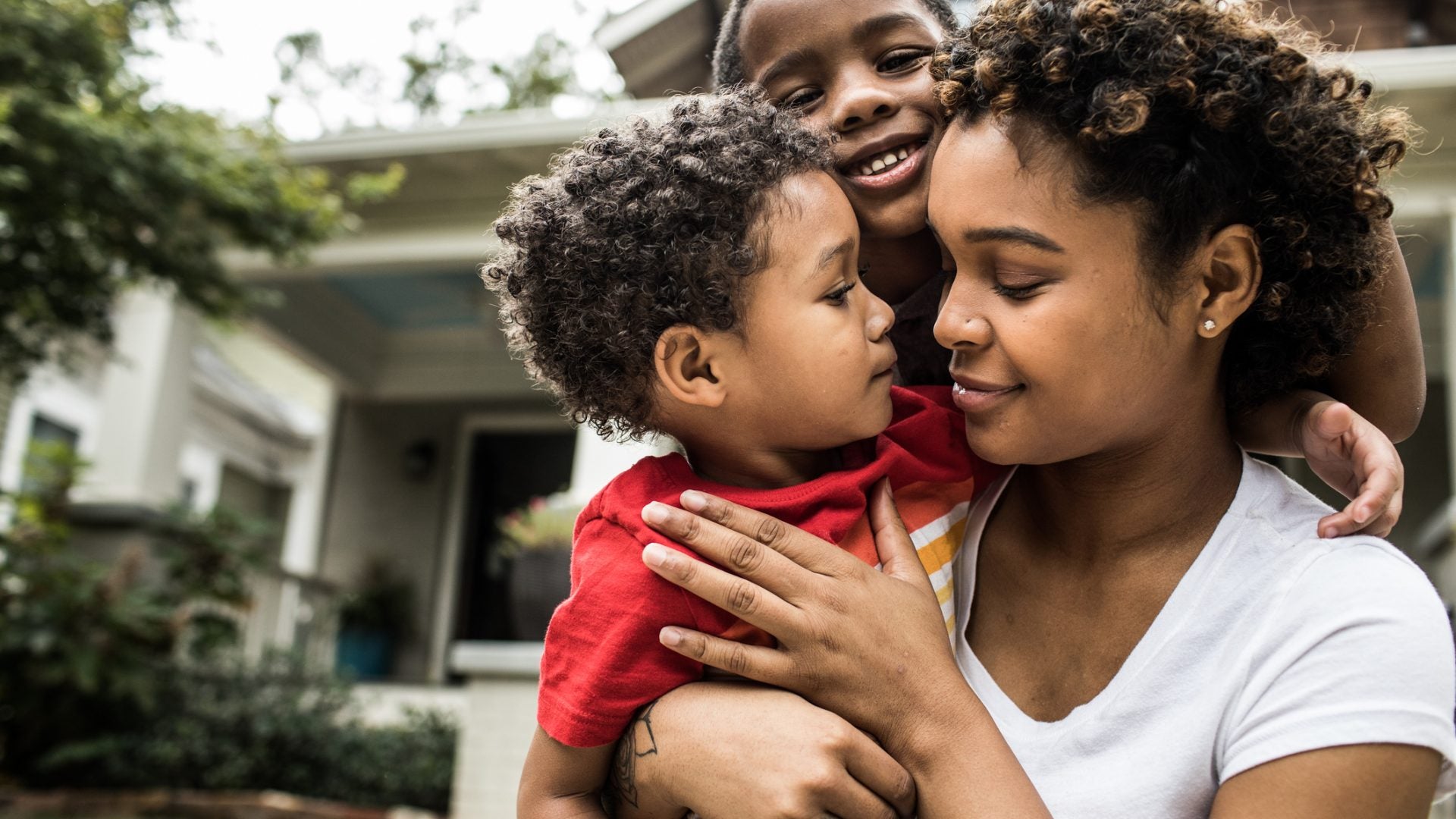
Following a long week of anxiously awaiting election results, President-elect Joe Biden called for healing in his victory speech. The Merriam-Webster definition of healing is “to make whole, make free from injury, to mend, or to correct a breach.” While it is clear our nation needs to heal, do we know how? Calls for “healing,” “justice,” and “racial equity,” swelled over the past months, yet there is less consensus on the path to achieving these concepts.
Now is the time to establish an understanding of healing justice, a concept which incorporates healing as a component of social justice and racial equity. Cara Page stated that, “Healing justice…identifies how we can holistically respond to and intervene on generational trauma and violence, and to bring collective practices that can impact and transform the consequences of oppression on our bodies, hearts and minds.”
One iteration of the trauma and violence we are healing from was made manifest with George Floyd’s final words. “I can’t breathe.” As Derek Chauvin knelt on Floyd’s neck for 8 minutes and 46 seconds, ultimately ending his life, we collectively felt a similar weight on our own necks along with reverberations of the same last words expressed by Eric Garner in 2014. We call this vicarious trauma, which is experienced as a result of being exposed to the traumatic event of another individual.
This type of trauma is intensified when you feel a connection to or are in community with an individual who is harmed, which helps us understand why community violence can have wide-reaching effects on members of a neighborhood, city, or racial or ethnic group. Research from 9/11 confirms that exposure to an event, even if you were not geographically nearby and merely watched coverage on TV, has lasting trauma outcomes. Given exposure to social media and 24-hour-news outlets, ample opportunity abounds for individuals to experience vicarious trauma. Healing requires we acknowledge these and other experiences of harm are not isolated incidents.
At the Institute for Healing Justice and Equity, we lift up and build on the ongoing work of activists of color like Cara Page and define healing justice as an approach to justice that ensures quality practices, services, and resources—that foster recovery, resilience, and resuscitation in the face of trauma and other harm caused by oppression—are readily available, accessible, and delivered for communal and personal well-being.
Healing justice requires that we “ensure quality practices, services, and resources.” These resources must respond to immediate needs and address root causes. It is not enough to offer counseling to the people of Minneapolis after George Floyd’s murder at the hands of police. The vicarious trauma following George Floyd’s murder is far reaching, for the effects of racial injustice are not bound by geography.
Additionally, not everyone responds to traditional modes of talk therapy. Healing Justice requires that communities and individuals have agency, autonomy, and resources to determine their healing needs and the most effective modalities. Finally, healing justice requires we also work for racial equity—to make structural changes that create conditions where you can no longer use race to predict who is disproportionately killed by police. We must locate and sever the root causes of racial inequity and injustice.
Healing justice requires that these resources “foster recovery, resilience, and resuscitation in the face of trauma and other harm caused by oppression.” COVID-19 shined a light on how racial and economic injustices work together to create health disparities that literally take our collective and individual breath away, resulting in the refrain, “I can’t breathe.” It is not enough to offer a one-time stimulus check to families disproportionately impacted by COVID-19, while forcing primarily Black and Brown essential workers to serve in unsafe work environments, while actively recruiting Black and Brown vaccine study participants without promising long-term, quality health care in the event of vaccine side-effects, while refusing to acknowledge the harm that medical research has caused Black and Brown families historically.
Healing justice must help Black and Brown families stay resilient in the face of oppressive health care systems, breathe life back into our communities with structural changes that eliminate barriers to access, and recover trust and faith in the medical communities by prolonged investment in health equity.
Finally, healing justice mandates these tools be “readily available, accessible, and delivered for communal and personal well being.” Healing is often framed as an individual endeavor and is accessible only to those who can afford traditional talk therapy or have access to means of self-care. Instead, healing justice acknowledges multiple healing modalities rooted in various communal formations in addition to traditional health care. Healing justice asks that approaches to healing be trauma informed, historically relevant, and designed to make whole, which requires collective opportunities for growth and the space to cultivate sustained relationships.
In the past, calls for healing have been symbolic rather than actionable. We have fallen short of being intentional about mapping out the path to healing, oftentimes sidestepping that hard work by suggesting that it is too political and leaving the healing work to individuals or communities. However, Biden’s call reminds us that our government can and should be concerned with healing justice because it is a major source of harm. Just as Johnson and then Nixon framed our attempts at taking affirmative action towards equity, healing justice is not partisan; it is not liberal nor conservative. Healing justice is the necessary and urgent response to the social injustices of our time.







Drs. Amber Johnson and Kira Hudson Banks are co-founders of The Institute for Healing Justice and Equity at Saint Louis University, and recent recipients of the Norm White Award for Engaged Scholarship and Service. Learn more about their work at www.ihje.org.





